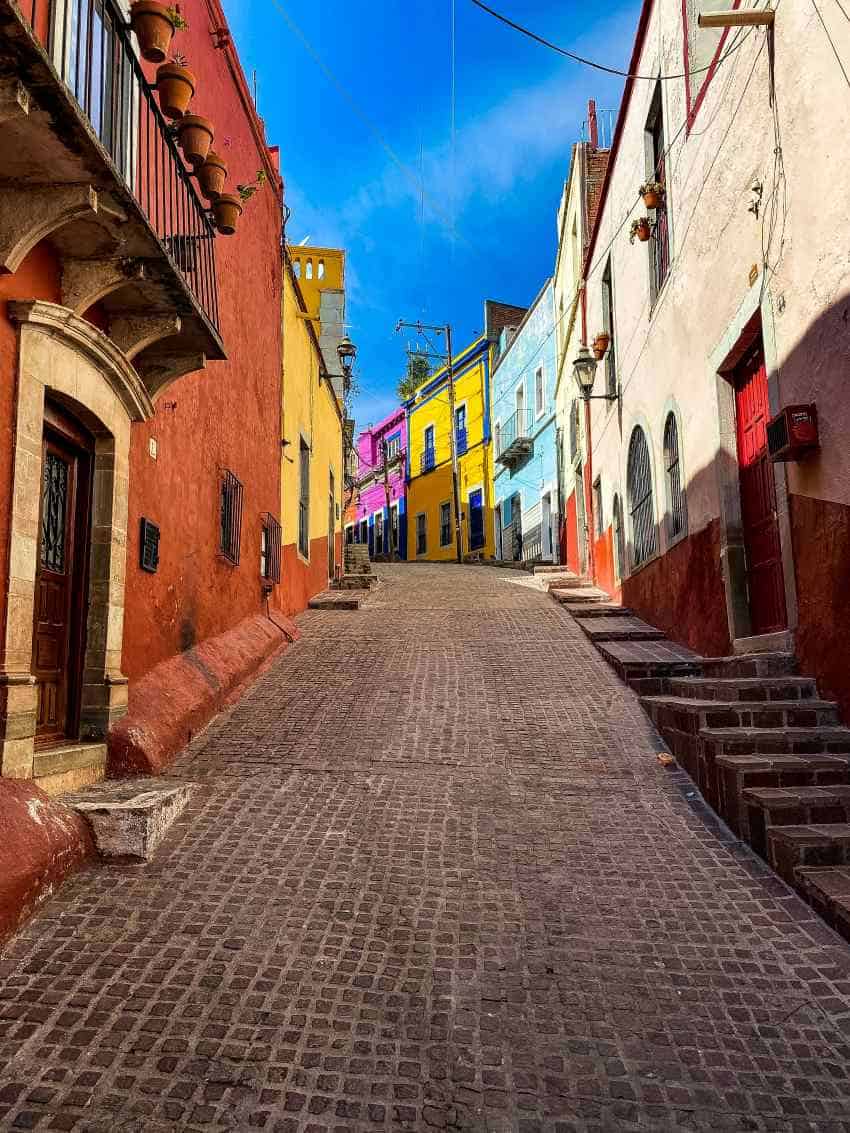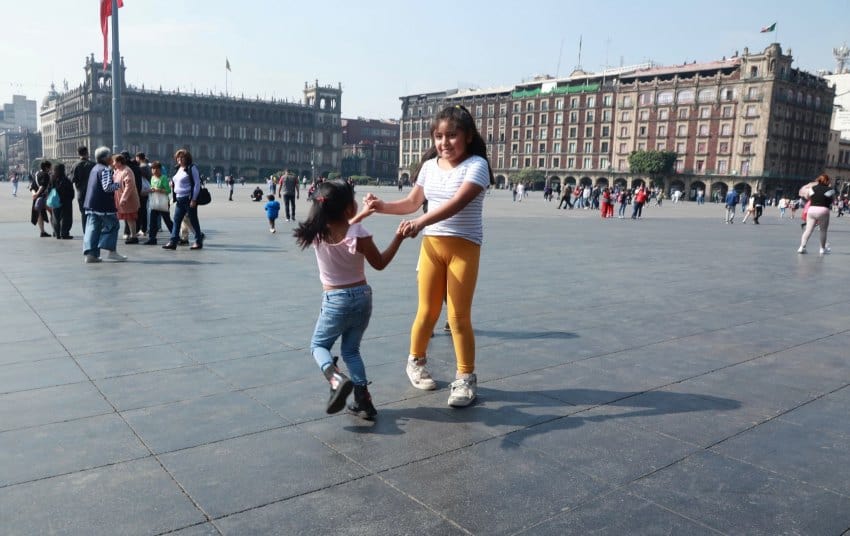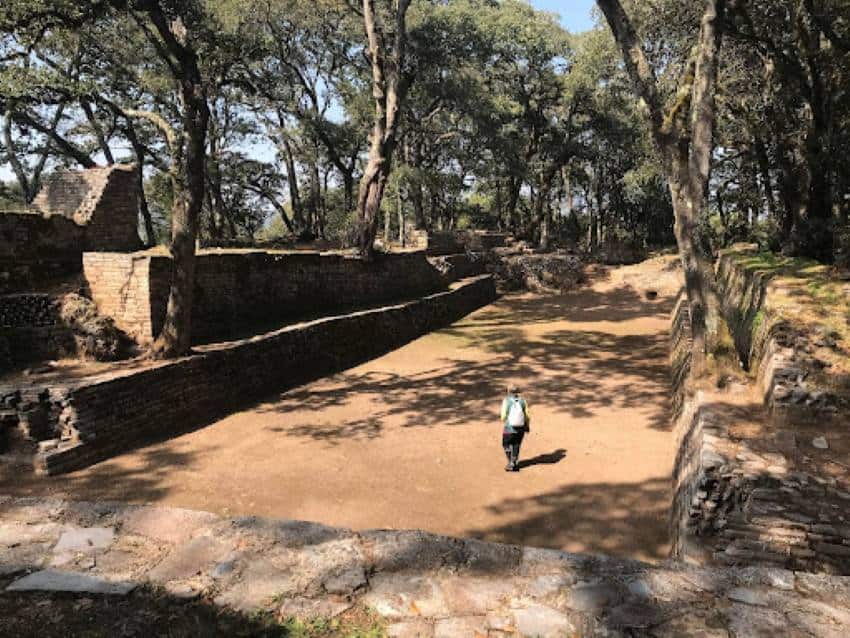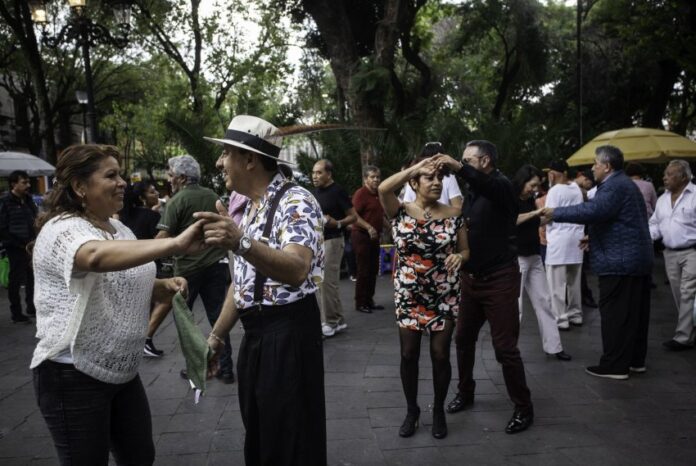My husband and I divide our lives between the city of Guanajuato, where we’ve owned a home since 2005, and Eureka, California, where we rent an apartment. Although we thrive on this lifestyle, there are things I miss while in each place. In Guanajuato, I miss clouds, greenery, access to water and my paddleboard.
Here are some of the things I miss about Mexico when I’m in Eureka:

The ease of speaking Spanish
Of course, I can speak Spanish in California, where 40% of the state’s residents define themselves as Latino. Plus, in Eureka, we live minutes away from a Mexican restaurant whose waiters are mostly native Spanish speakers. But speaking Spanish is just not as automatic for me in the English-language culture of Eureka. I rarely think about it, unlike in Mexico, where Spanish is almost as natural to me as English because it’s so easy.
In Guanajuato, I walk down our street and start talking to a neighbor or chat with the guy who runs the mini-grocery three minutes from our home.
The friendliness of strangers
The warmheartedness of the Mexican people inspires me. Friendliness is contagious; when I’m in Guanajuato, I become friendlier, too.
In California, I try to remember to greet people I pass, but it’s more of an effort. I’m afraid I revert to my American persona — focused and goal-oriented, with things to get done. Or so I tell myself!

An abundance of pedestrian areas
Guanajuato is very walking-friendly, but it isn’t alone in that way. Many Mexican towns we’ve visited have extensive pedestrian areas, especially in their historic centers and tourist areas. They offer plazas, benches, landscaping, arches, arcades, narrow walkways, interesting architecture and public art.
Because the streets are so inviting, they’re full of people, which fosters a sense of community and is another reason why Mexicans are so friendly. The U.S. is far more car-centric than Mexico, where folks are likely to walk or use public transportation.
Eureka’s winters are damp and chilly, but in the summer, the city hosts a popular car-free Friday night market with vendors, music, food, open shops and hordes of people. It’s what Guanajuato looks like every day of the year!
An ineffable sense of spirit
Mexico maintains a separation between church and state like the U.S. does, but the gulf between the secular and the spiritual does not seem as wide.
Whereas in the U.S., faith tends to be practiced privately, Mexicans often express their spirituality in a very open, public and unembarrassed way. Their exuberance used to seem weird to me. But I’ve come to appreciate the way people unabashedly chant, sing, kneel, crawl or cross themselves when they pass a church and stroll around town with ashes on their foreheads on Ash Wednesday.
One afternoon many years ago, Barry and I were sitting in a church on a hill in the city of Zacatecas. As we sat quietly, a mother and daughter in front of us spontaneously broke into song. I was transfixed, and a shiver ran through me. I can’t imagine crawling on my knees across a church floor, but I’m deeply moved in the presence of faith, even when it is not my own.
Accessible hiking with incredible views
Guanajuato is one of the few cities I’ve been to where you can leave the center on foot and be hiking within 20 minutes. The fact that you don’t need to get in a car, take a bus, or even ride a bicycle to reach a trail is one of the city’s greatest gifts. On top of that, you don’t even have to walk very far before you’re rewarded with spectacular views of the city’s colorful striated layers of houses and the surrounding hills.
Once or twice a week, Barry and I take advantage of this opportunity.

Mexican ruins
After years of living with a man who loves the magic and mystery of ancient archeological sites, I’ve gradually become a fan of ruins, too. I’m not a collector of facts; I read the history and data displayed, but I don’t retain the information. But I love ruins, and Mexican ones in particular.
The ancient sites here in the land of the Maya, the Aztec and the Olmec offer a unique kind of enchantment because they harmonize so beautifully with the surrounding landscape. Although they were built by humans, they feel as natural to me as trees and flowers.
A few years ago, Barry and I visited Las Ranas, a small archeological site in the state of Querétaro. I wandered around, mulling on what stories lay embedded between the layered stones, while a dreamlike sense of timelessness came over me. I felt a sense of place greater than the sum of its crumbling rocky parts.
What a country! Mexico, a rich, sensory collage of tangled history, colors, flavors, dreams. I’ll never tire of it. Wherever I am, Mexico is always in my heart.
Louisa Rogers and her husband Barry Evans divide their lives between Guanajuato and Eureka, on California’s North Coast. Louisa writes articles and essays about expat life, Mexico, travel, physical and psychological health, retirement and spirituality. Her recent articles are on her website, https://authory.com/LouisaRogers
